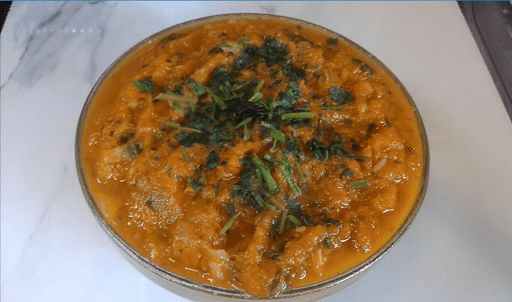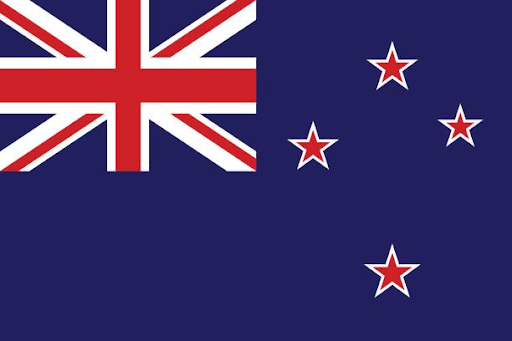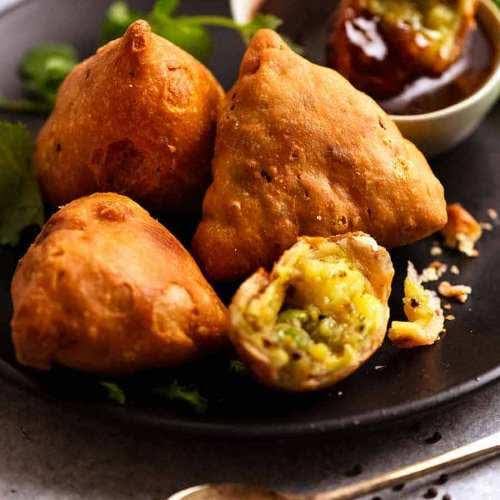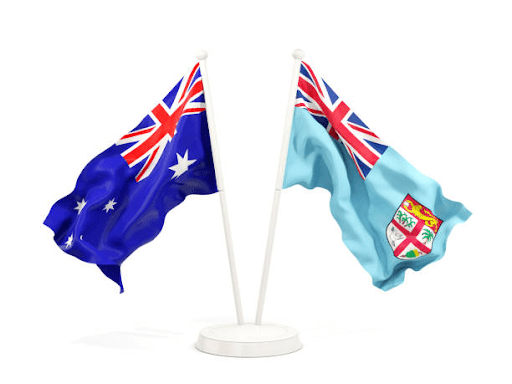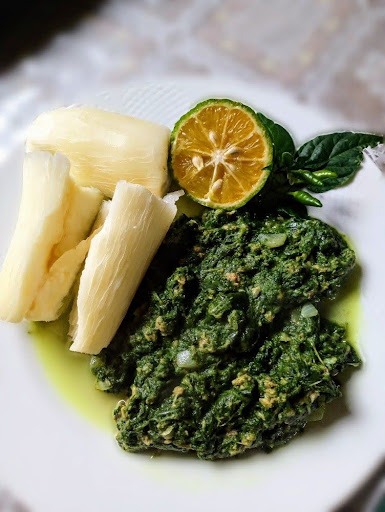10 food and fruits in Fiji that are in season
As we are well on our way to the mid-year, the month of May in the Fijian calendar falls under the Vula i Doi season. This season brings about its own fruits, flowers and fishes that flock Fijian waters. It also marks the start of the cool season. This list provides 10 native and exotic foods and fruits that are currently in season.
Dawa (ndah-wah)
Known as the Fiji Longan or Pommetia Pinnata scientifically. With round grape-like flesh and an outer shell, this native fruit tree is commonly seen around villages, plantations and forests. According to Ronald Gatty, publisher of the Fijian-English dictionary, Dawa was initially a famine food that was soaked in water for a few days before being cooked. Today however, the fruit is eaten raw with its outer shell peeled off when it is ripe (the outer shell turns dark brown). The fruit is usually in season from the months of March to May.
Duruka (ndoo-roo-kah)

Right, Duruka Vakalolo (in coconut cream).
Commonly known as the Fijian Asparagus, the Duruka belongs to the Saccharum edule species. Its reed-like stalk is smaller than a sugarcane and has a delicious inner fibre that locals eat. The Duruka Vula (white duruka) usually grows in damper locations, while the Duruka Damu (red duruka) flourishes in drier areas. The duruka is best eaten when festered in coconut cream (vakalolo) or when smoked over fire (tavu). Rain is a deterrent for this native food as it tends to rot when it becomes wet.
Ivi (e-vee)
The Tahitian chestnut fruits from April to June will be a common sight throughout many local markets. Sold for affordable prices, they are precooked and packed in bags.
Kawai (Car-wa-e)
The Kawai is a sweet yam that only grows in drier climates like the province of Ra and Macuata, hence why the Macuata province is known for its Kawai kamica (sweet yams). Its flesh is whiter and sweeter than regular yams and is sometimes known as Chinese yams or lesser yams.
Kumala (Coo-ma-lah)
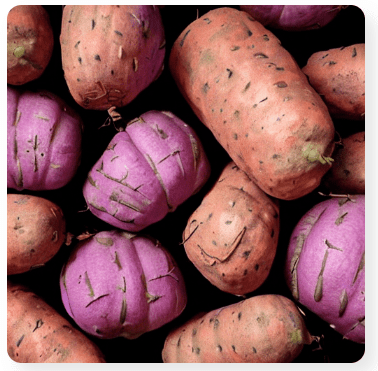
This species of sweet potatoes was introduced from Papua New Guinea and is a seasonal staple of Fijian cuisine. It is usually planted around March and harvested in abundance around May to early June. The yams are reddish or pinkish, depending on who’s asking, and sweet when ripe.
Moli Karo (Mo-lee-Kah-ro)
Moli, is a Fijian term refers to the citrus fruit species, Moli Karo refers to Rough lemons with ‘Karo’ or ‘Karokaro’, describing anything with a rough prickly texture. The fruit usually flowers from February to April and perhaps even further on to the month of May. The species are indigenous to the Southeast Asia and most likely native to the pacific as well.
Moli (Mo-lee) -Lime
The Moli Kara is an introduced species and therefore does not have an English name. Lime usually seasons from mid-March to late May and was introduced to Fiji in 1820’s from Malaysia. The fruit adds on to a number of delicious ingredients for the famous miti, a coconut condiment that garnishes many delicious seafood meals.
Moli Madirini (Mo-lee-Ma-ndee-ree-nee)
The Mandarin orange, an exotic fruit introduced by early Europeans, is indigenous to Vietnam, South China and Japan. The Mandarin is highly enjoyed by locals and is usually consumed raw when it is ripe. This fruit follows the flowering and fruiting months of the citrus family from February to April and even May.
Quwawa (ngoo-wah-wah) *ng: hard g
The Guava is an introduced weed tree that can be invasive for most farmers. Its fruits however are juicy and delicious, and make an enjoyable ingredient for fruit juices. Its leaves also have great medicinal purposes.
Salala (Sa-lah-lah)
The Rastrelliger kanagurta or Indian Mackerel flocks Fiji waters during this season. Small in size, these mackerel fishes measure to about 13 centimetres. Fijians usually indulge in the head of a fish, insisting that its meat is rich with flavour; the same cannot be said for a Salala hence why there is a Fijian saying, “Ulu (Head) Salala” or “Ulu Vaka Salala”, to refer to someone as being empty-headed.
Tarawau (Tah-rah-wa-ooh)
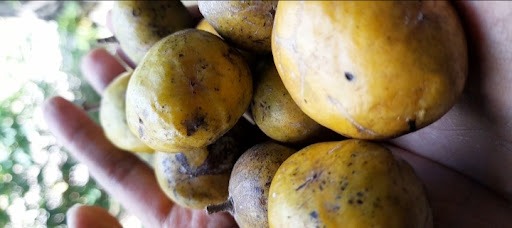
Known as Dracontomelon Vitiese, its fruits are thin-fleshed around a seed and juiciest when they are at their ripest. It is native to the Pacific and Southeast Asia. These fruits are available at Fiji’s local markets from May to July. Similar to Tahitian chestnuts, the Tarawau is a common snack for Fijians.
Check out these seasonal fruits and must-try fruits in Fiji at local markets while they are still available, they are a great way to get you started on the diverse tastes of Fiji’s cuisine.

